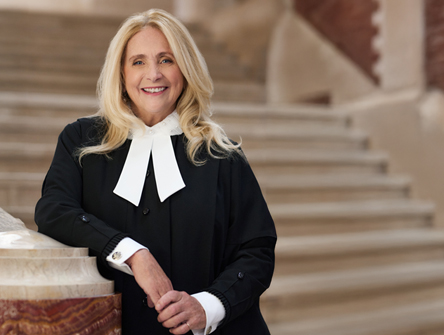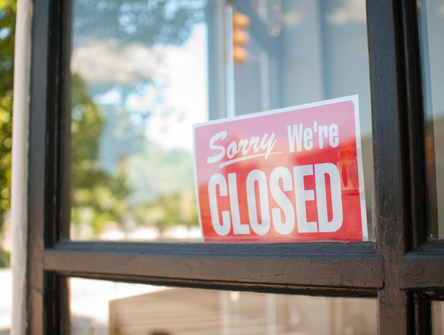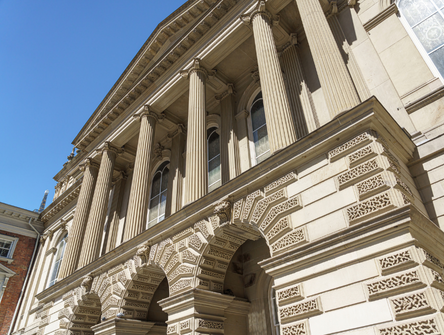Indigenous laws are a critical part of Canada's legal landscape
The time has come to recognize Canada’s multi-juridical past, present, and future.
.jpg?ext=.jpg)
Today we celebrate National Indigenous Peoples Day. What better way to celebrate the resilience of Indigenous Nations than to recognize that for centuries, Indigenous laws have governed the lands, waters, and territories of what now is called Canada.
Indigenous Peoples are the first people of this country. Their laws have governed our societies since time immemorial in areas such as marriage, adoption, finance, trade, resource management, taxation and many others. There were treaties and lawmaking between Indigenous Nations, and for some time, these laws even governed the relationships between Indigenous Peoples and settlers on our territories as the prevailing law of the land.
Over time, Indigenous laws have adapted and changed. Much like Canada’s Constitution is not frozen in time, neither are Indigenous laws.
Some of these changes are positive and resulted from Indigenous Peoples’ deliberative processes and traditions. Some, however, are in response to external, destructive forces and precipitated in the face of colonization, such as the longest uninterrupted genocide in Canada.
Despite these pressures, Indigenous laws have never disappeared, nor are they in their “infancy” with their interaction with Canadian common law. Indigenous Peoples have known what and how our laws and legal systems operate. Since 1867, Canadian courts have also been clear that Indigenous Peoples’ right to their “laws and usages” was never extinguished.
Canada has always been a multi-juridical country made up of common law, civil law and Indigenous law. It is past time for Canadian society—including politicians, courts and lawmakers—to fully awaken and reconcile with this reality.
For this awakening, an important distinction must be made between “Aboriginal law” and “Indigenous law”. While it has become fashionable to replace the term “Aboriginal” with “Indigenous,” just as previously “Aboriginal” replaced “Indian” in the lexicon of the woke, when it comes to laws and legal systems these two terms are distinct.
Aboriginal law is Canadian law relating to Indigenous peoples. It is developed primarily by non-Indigenous actors and rooted in colonial legal underpinnings (i.e., British North America Act, 1867 and Constitution Act, 1982). In contrast, Indigenous laws are the laws made by Indigenous Peoples, rooted in these lands and based on Indigenous Peoples own customs, practices and traditions. While Aboriginal law is a part of the common and civil law, Indigenous law exists in its own right.
The term “Indigenous law” itself is also misleading in that it implies a single prevailing Indigenous law when, in reality, each Indigenous Nation’s laws are a sui generis legal paradigm. For example, Haudenosaunee law is different than nêhiyaw law, and while there may be common principles or experiences between Haudenosaunee and nêhiyawak, each legal system is distinct.
Canada has undergone a phenomenal legal transformation since Confederation — and is continuously growing and adapting to reflect the modern and progressive tenets of today’s society. Women’s rights and same-sex marriage are but a few examples. With the adoption of the United Nations Declaration on the Rights of Indigenous Peoples,* Canadian law and legal systems are yet again called upon to evolve related to Indigenous rights, laws and jurisdiction.
For Indigenous Peoples, this requires building capacity in Indigenous drafters, interpreters, arbiters, and lawyers to take up the charge in developing and interpreting their laws. To be clear, this evolution is not a redux of the Indian Act or repacked authority of Band Councils to exercise bylaw-making powers. Recognition of Indigenous laws and jurisdiction must include creating space for the operation of Indigenous legal systems, outside of colonial constructs.
For Canada, this legal evolution requires making space for Indigenous laws and jurisdictions to operate alongside common law and civil law. There may come a time for non-Indigenous people, lawyers, judges and other to share this space, but I believe this work must begin within our Indigenous communities and Nations. As sovereign nations, Indigenous Peoples should choose when, how, and on what terms their laws and legal systems grow, adapt, and change.
There are examples where Indigenous Nations have already asserted their sovereignty in exercising their own laws. The Court of Kahnawà:ke has been operating since 1940, dealing with everything from traffic offenses to Kahnawà:ke laws. While this is but one example of an Indigenous Nation exercising its inherent jurisdiction, we must all be prepared for the flourishing and establishment of all types of Indigenous legal systems rooted in Indigenous laws.
Indigenous laws will not look like the common or civil law traditions that lawyers, judges, or academics are familiar with. Those of us working in the legal system must be prepared to learn the Indigenous languages that birthed these laws, and in which they will be governed. Just as we were educated in Canadian law, we have to recognize and be prepared to spend time with Indigenous Nations and communities, learn their legal systems, and sit with their Elders and knowledge-holders. And provide respectful and fair payment for this gift of knowledge.
Now, as Canadian courts are increasingly applying, giving deference to or acknowledging Indigenous laws in their decisions—which is already occurring in areas such as elections, sentencing, and child and family services—the perspective of Indigenous Peoples about their own laws not only before the court but on the bench becomes critical. Indigenous laws must continue to be made by, and for Indigenous Peoples, or else the reconciliation that courts—as the guardians of Canada’s Constitution—have been tasked with, will become simply another forum for repeated colonization.
A good start would be for Canada to reserve a spot—or three—for an Indigenous jurist on the Supreme Court of Canada.
While the number of Indigenous judges is incrementally increasing (albeit primarily in lower courts), Canada’s highest court does not—and has never in its 146-year history—had an Indigenous jurist. Aboriginal law jurisprudence has, with limited exceptions, been entirely shaped by non-Indigenous judges.
The time is now for Canada to rectify this omission and ensure that our legal system—and highest court—honours our country’s multi-juridical roots and provides space for Indigenous laws and legal systems to evolve and flourish in Canada’s future.
*As of the date of publication, Bill C-15 has received a third reading in the Senate of Canada, with Royal Assent forthcoming.


